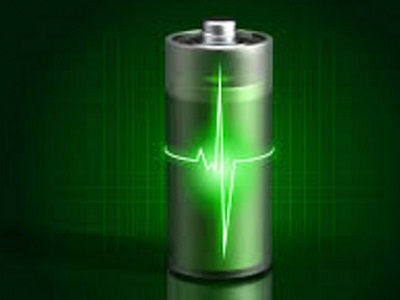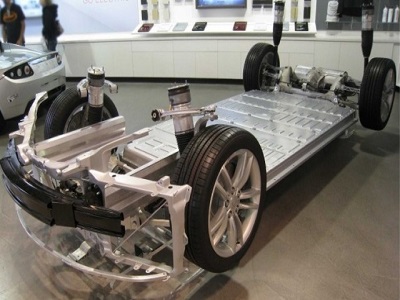There’s a lot of research going on around battery technology as devices as diverse as smartphones and cars are increasingly held back by limited energy storage. Naturally, we report on interesting advancements in batteries frequently. There are lithium-air batteries, aluminum-graphite batteries, and even bacterial batteries. Rarely do we have to dredge up one of those old posts to talk about the next step toward commercialization because there isn’t one.

Most battery technologies fade away before they reach the point any of us will benefit from them. As MIT Technology Review points out, there are a variety of reason for this, but it often comes down to a lack of funding and focus.
There are uncountable companies attempting to develop more compact battery technologies — the US government’s ARPA-E department tracks over 75 of them. Some of them even have compelling technologies that show strong results in a laboratory setting. When you improve one aspect of traditional batteries, you often pay for it elsewhere. A battery might be extremely efficient, but its capacity is small; or it might have great energy density, but it breaks down after just a few uses. It’s solving those problems and taking a battery into the commercial realm that trips so many up.

The Tesla Model S’s battery pack is that big flat area in the middle, protected by ‘ballistic-grade’ aluminium.
Even a small manufacturing facility to make a product is likely to cost upward of $500 million. There’s a lot of funding available for battery technology, but it’s spread out across a huge number of startups and research projects. A123 systems, which had positive early results with its lithium iron phosphate batteries, famously went bankrupt as the cost to commercialize its technology shot upward. The husk was eventually acquired by a Chinese firm, but there’s been no news on further advancements based on A123 tech.
Without a substantial increase in energy storage, it’s simply cheaper to continue improving lithium-ion batteries at a snail’s pace. Lithium-ion batteries are better than they once were. Tesla is spending big bucks to churn out batteries at its Gigafactory, some of which are expected to pack up to 100kWh. Engineers have gotten used to designing around the limitations of batteries. It’s cheaper and faster to do that than develop completely new types of batteries that might be better in the long run.
Many researchers and energy analysts think it’s going to take a radical new chemistry to spur action. That could take decades. In the meantime, the big battery manufacturers are working on features to make the limited capacity of batteries more tolerable. For example, fast charging technologies in smartphones and electric vehicles.Right now, batteries improve at an estimated 5% per year — and while that might not sound like much, a decade of 5% improvements works out to batteries that hold about 1.6x more energy than what we have today. By that standard, a current Tesla Model S would have a nearly-500 mile range if manufactured in 2026.



